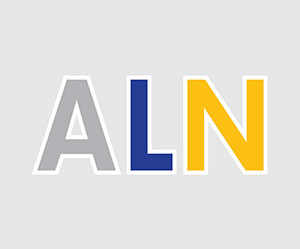Ensuring Chemical Compliance
Large organizations involved in research and production typically handle large volumes of chemical inventory that require different types of storage and tracking. When a laboratory environment is part of the mix, managing the chemical inventory used by the lab presents a challenge to lab managers and environment, health, and safety (EHS) professionals, who must submit regulatory reports that accurately reflect the status of chemicals on-site. Ensuring that the chemical inventory data is accurate is challenging; providing that information in regulatory reports can be a time-consuming and frustrating task if it is not automated.
Safety Tip: Provide Incentives to Staff for Safety Performance
Everyone likes to receive a reward for good performance. It can be a merit raise, it can be a promotion, or it can be praise from a superior. Good performance deserves to be recognized and rewarded. Safety performance is no different. When it’s done right, it should be recognized.
Involve Every Staff Member in Some Aspect of the Safety Program
There’s a tendency to think that if someone is appointed safety coordinator, they have to do all the work for the rest of us. False! A coordinator is just that. He or she is not a “parent.” Each person needs to be responsible for safety in general and for a specific part of the program in particular. Here’s a list of a number of different specific assignments:
Encourage Caring About One’s Health and Safety
Employees, faculty, staff, and students need to be encouraged to develop a genuine concern about their own health and safety. It’s too easy to care less and become careless.
Develop a Safety Orientation Program
All new employees, students, faculty, and staff should receive a specially designed introduction to your safety program.
Your department should have a safety committee. Academic institutions and companies should all have safety committees. The committees should consist of employees, supervisors, faculty, staff, administration, and students.
This is the cornerstone of a good safety program. It’s a statement endorsed and supported by the administration that speaks to the fundamental responsibilities for health and safety in the academic institution or company.
Safety Tip: Learning How to Be Safe is an Integral and Important Part of Your Work
For too many years at academic institutions and some companies, health, safety and the environment have been something extra. It’s time that it becomes part of the process. At Dow, we were told that we were being paid to do three things: (1) work safely, (2) conduct active research programs, and (3) publish the reports and patent disclosures resulting from our research. Safety was part of the job—not something extra.
Maintain a Chemical Inventory to Avoid Purchasing Unnecessary Quantities
One school accumulated 20 five-pound bottles of mercury. Each year they ordered from the same list that they had used the year before! Not a good idea. You need to know what you have, where it’s located, and who’s responsible for it.
Develop a Program for Dating Stored Chemicals and for Recertifying or Discarding Them
Some chemicals have a short life expectancy. Others will remain good for a long time. Solvents that form peroxides are one example of substances requiring periodic testing.
Fonte: Lab Manager
















